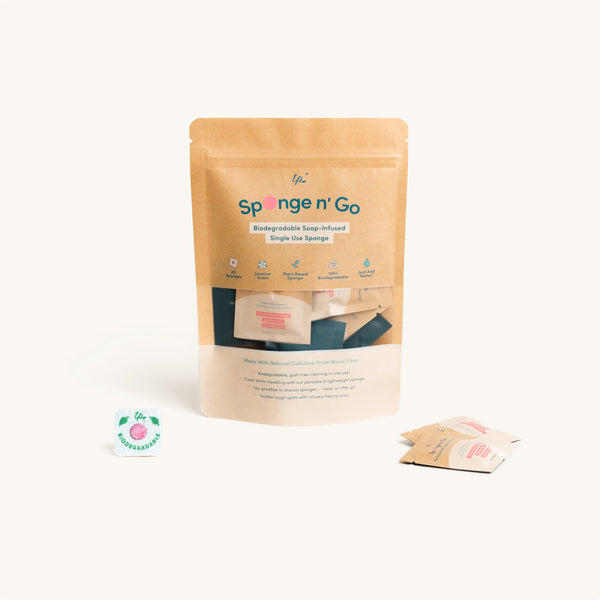Welcome back to our series on reducing sodium in your diet! In our last post, we talked about ingredient substitutions to help you lower your salt intake. Today, we'll be discussing cooking techniques that can help you reduce sodium without sacrificing flavor.
1: Season with herbs and spices
Instead of reaching for the salt shaker, try using herbs and spices to add flavor to your dishes. Fresh herbs like parsley, basil, and cilantro can add a burst of flavor to your dishes, while spices like cumin, turmeric, and paprika can give your food a warm, earthy taste.
2: Use acid
Acids like lemon juice and vinegar can brighten up a dish and add a tangy flavor without the need for salt. Try adding a squeeze of lemon juice to your roasted vegetables or drizzling some balsamic vinegar over your salad.
3: Roast or grill
Cooking methods like roasting and grilling can bring out the natural sweetness in foods, which can make them taste more flavorful without the need for added salt. Plus, these methods can add a nice charred flavor to your dishes.
4: Cook from scratch
When you cook from scratch, you have control over the ingredients you use and the amount of salt you add. By making your own sauces, dressings, and marinades, you can control the amount of salt that goes into your food.
Now, let's talk about meal planning. Meal planning can be a great way to reduce your sodium intake because it allows you to plan ahead and make healthier choices.
1: Plan your meals in advance
Take some time each week to plan out your meals for the week ahead. This will help you avoid the temptation to reach for unhealthy, high-sodium options when you're short on time.
2: Prep your meals ahead of time
When you prep your meals ahead of time, you're more likely to stick to your healthy eating goals. Use tools like the Duo Cover® and ZipBag® to keep your prepped meals fresh and tasty.
3: Cook in bulk
Cooking in bulk can save you time and money, and it can also help you avoid unhealthy options when you're shorton time. Use the UniLid® to keep your leftovers fresh and easy to reheat.
4: Use the right tools
Tools like the Swedish Dishcloth can help you keep your kitchen clean and eco-friendly. Plus, it's compostable, so it's a great choice for anyone looking to reduce their environmental footprint.
Reducing your sodium intake doesn't have to be difficult o r boring. By using the right cooking techniques and meal planning strategies, you can enjoy delicious, healthy meals without sacrificing flavor. And with eco-friendly products from Two Pillars like the Duo Cover®, ZipBag®, Swedish Dishcloth, and UniLid®, you can make your healthy lifestyle even more sustainable. Happy cooking!
If you missed Part 1 of our series, be sure to check it out here. And stay tuned for Part 3, where we'll share some meal planning tips to help you stay on track.



